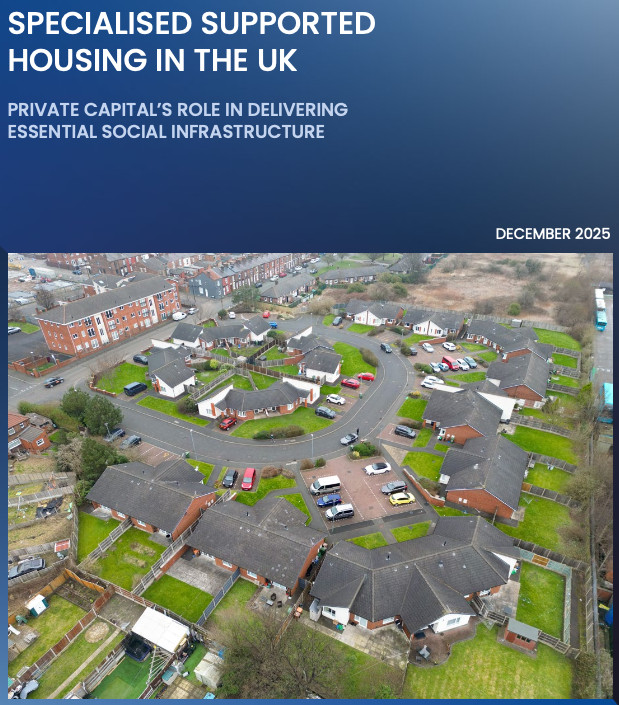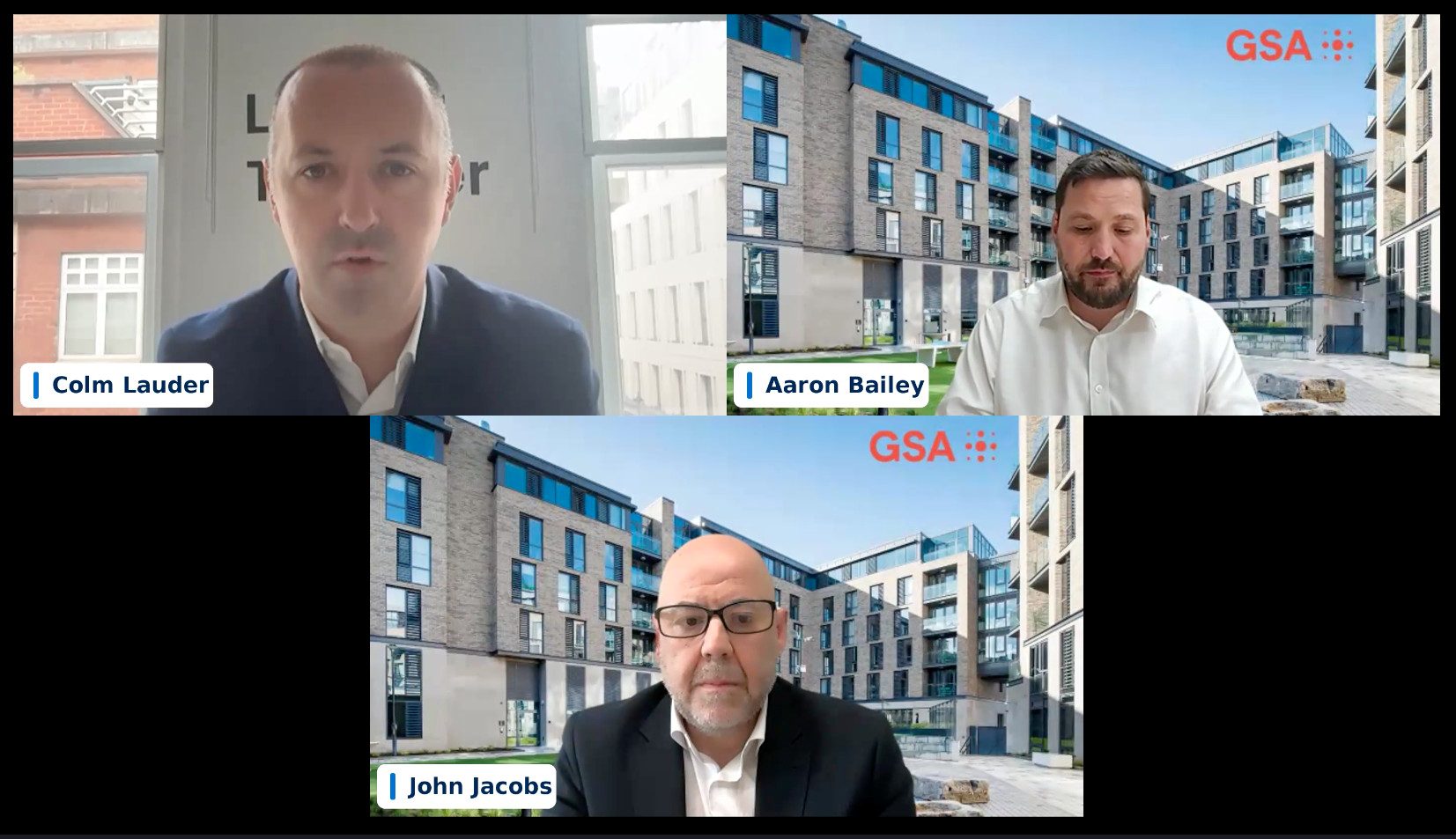Our sector intelligence, backed up by decades of meticulous property market research assists our clients in decision making. We also undertake bespoke research to provide our clients the most relevant, targeted, and impactful information for their decision making and influence.
If you would like to be notified of new research and insights, please subscribe to our newsletter.
Insights

Lauder Teacher launched its new report, Specialised Supported Housing in the UK: Private capital’s role in delivering essential social infrastructure, on Tuesday, 2nd December. Prepared by the Lauder Teacher research team, it represents the first ever thorough, end-to-end analysis of the UK Specialised Supported Housing sector from a capital markets perspective.

On Lauder Teacher’s recent Louder Teach In, Jamie Ratcliff, co founder of Place Base and deputy chair of The Housing Forum, offered a sharp, market rooted take on what the Budget does, and does not, mean for housing supply, affordability, and investment.

Last month, Lauder Teacher hosted the latest session in our Think-In series, focusing on purpose-built student accommodation (PBSA) in Ireland. We were joined by John Jacobs, Global Head of Capital Markets at Global Student Accommodation (GSA), and Aaron Bailey, GSA’s Head of Real Estate.

The UK government’s proposed ban on upward-only rent reviews misunderstands today’s leasing landscape. Lease lengths have already shortened, flexibility is embedded, and market practices have evolved far beyond rigid clauses. Rather than legislating away a declining mechanism, policymakers should focus on the real issues facing the High Street—business rates, planning inertia, and economic revitalisation. Reform should follow evidence, not sentiment.

The London and Dublin stock exchanges are at a critical juncture. Once vibrant hubs of capital formation and economic dynamism, both are now facing a stark decline in primary market activity, such as IPOs.

Risk remains in the sector, but retail assets are certainly rebounding, with a number of large deals recently bolstering confidence.

The real estate fund sector in the UK and Ireland continues to face mounting challenges, closing 2024 with full-year net outflows of £1.155 billion, according to the latest data from Calastone, the largest global funds network. This marks the seventh consecutive year of capital flight from the sector.

The UK and Irish real estate markets underwent a transformative year in 2024, characterised by contraction, mergers, and cautious optimism. After years of declining capital values, signs of recovery began to emerge, buoyed by stabilising inflation and the initial stages of base rate cuts.

The recent Dublin City Taskforce report, published at the end of October, recommended how multiple state and semi-state agencies can collaborate to effect a strategic overhaul of Dublin’s city centre. The role of private developers, investment funds, and institutions is equally important, and perhaps even more so, but for these to be enabled, state actors must evolve and facilitate quicker decision-making.

The ‘build it and they will come’ mantra should be ringing in the ears of property funds given global trends

UK real estate will need to adapt to wetter, hotter and colder environments ESG regulations, government policy and occupiers will demand real estate fit for purpose in extreme weather Green buildings are being demanded by policy, consumers and investors.

Those with shorter debt maturities face significant refinancing risks, while those with longer profiles are better positioned to ride out the storm. European real estate investment markets have experienced significant shifts in the underlying drivers in recent years. Mostly this has been driven by macroeconomic conditions, including rising interest rates as a response to spiking inflation, and a general economic malaise that has permeated most markets, though less so Ireland. This has dented confidence to levels not seen since 2011 or 2012, with the lack of available financing, at sensible pricing levels, one of the primary issues. An oddity that has emerged in this cycle is that market rents have continued to climb, even for offices, while investor confidence remains on the floor. The turnaround, which is edging closer and closer, will be driven by debt, not by occupier demand. As central banks tightened monetary policy to combat inflation, listed property companies (mostly REITs) and other property funds faced growing questions related to their indebtedness. Much of this was debated around Boardroom tables, with many conversations drifting to AGMs as investors began to air frustrations. Key concerns included soaring loan-to-value (LTV) ratios as property values fell, a situation outside the control of management, but it was how executives reacted to rising debt costs which became the key battleground. As debt began to edge towards maturity, the rising cost of refinancing became an issue that could push management teams to make hasty, and even rash decisions on what to do with...